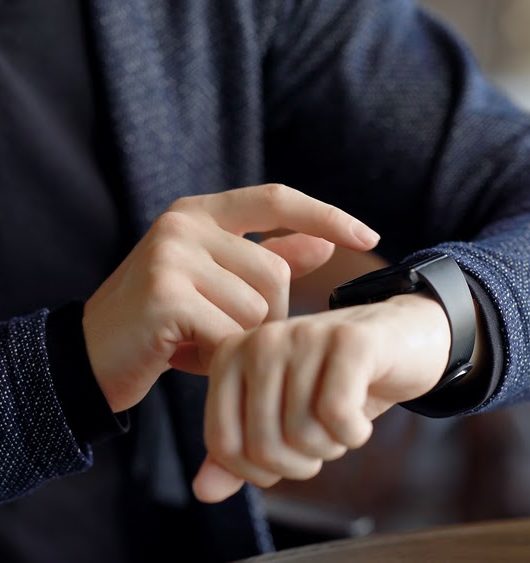All in Place: How Technological Components Changed Lives and Business

Today, technology and business are more or less in sync; one without the other is unthinkable. Even before the invention of electricity, technological components have played a key role in creating jobs, making money and improving people’s lives. This blog post takes a look at some of the most notable examples throughout history.
Universal Serial Bus (USB)
Invented in 1995 by Intel’s Ajay Bhatt, the USB is one of the most taken-for-granted electrical components today. Featuring in smartphones, tablets, laptops and even TVs these days, USB technology has enabled simple connectivity between devices, bringing great benefits for various tech giants including Samsung, Apple and Microsoft.
Today, you can find USB charging ports on planes, coaches, buses and even in mains electricity sockets. They could, in time, replace three-point plug sockets.
The Microchip
Now found in items as diverse as smartphones, kitchen appliances and vacuum cleaners, the microchip was invented by Texas Instruments in 1958. It was made by Jack Kilby, who identified that electrical circuits of the time had far too many components.
Once the microchip became widely used for all sorts of gadgets and appliances, they became less bulky and more efficient. The microchip did the job of several components, something Texas Instruments had used for some of its most successful products – computers and calculators.
DC-DC converters
While these components don’t attract the same amount of attention as, say, microchips, DC to DC converters have played an important role in spurring growth of big business. They are used to ensure a seamless transition between one level of voltage and another.
DC-DC converters from XP Power are used in intelligence, healthcare and the military, as well as the railways. They ensure that apparatus such as MRI scanners, train coaches and phones can be charged correctly and run smoothly, regardless of when, where and how they are used.
Magnetic Stripe
A common feature in credit and debit cards, the magnetic stripe was actually first invented by IBM in the 1960’s. Used for storing data by engineer Forrest Parry, the stripe was quickly taken on board by banking firms to enable swift payment in shops and at ATM machines, which soon followed the magnetic stripe.
This technology is also in use for ID cards, key cards for hotels and, in some instances, passports. The stripe is gradually being phased out in favour of smaller, lighter and more secure microchips for bank cards, but it has certainly had an immeasurable impact on consumers’ lives. It’s also transformed the way in which banks are able to do business for loans and credit cards.









